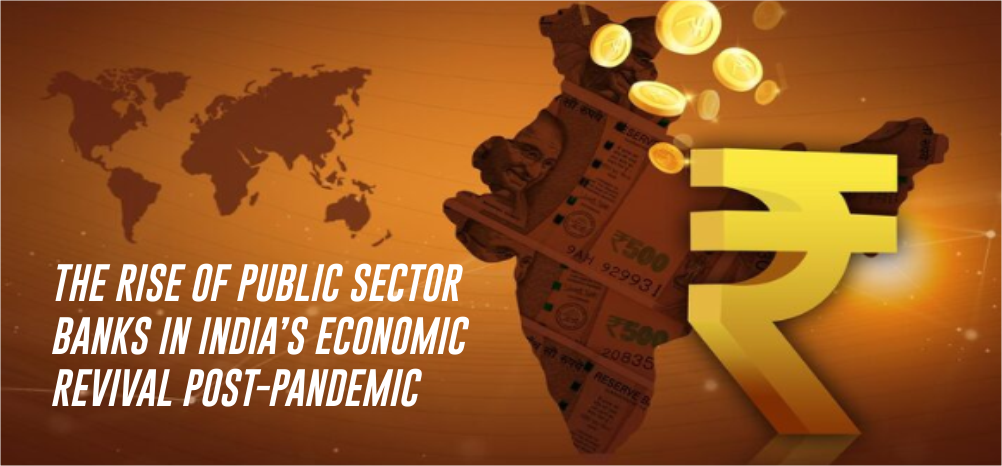Power is one of the most important infrastructure elements, essential to national wellbeing and economic development. For the Indian economy to grow steadily, adequate electrical infrastructure must exist and be continuously developed. India’s power generation sources range from conventional options such as coal, lignite, natural gas, oil, hydro, and nuclear power to non-conventional sources including wind, solar, and agricultural and domestic waste.
The Indian power sector is undergoing a significant transformation that has redefined its outlook. Sustained economic growth continues to drive electricity demand, and the government’s focus on attaining "Power for All" has accelerated capacity addition across the country. Although power generation has grown more than 100-fold since independence, demand has consistently outpaced supply due to rapid economic activity.
India is the third-largest producer and consumer of electricity worldwide, with an installed capacity of 476 GW as of June 2025. The country ranks fourth globally in renewable energy installed capacity, fourth in wind power, and third in solar power. In August 2025, electricity demand reached a record 2,29,715 MW, with 1,50,472 million units supplied, reflecting rising consumption amid strong economic momentum.
As of FY24, electricity consumption was dominated by the industrial sector at 41.8%, followed by the domestic sector at 24.3%, agriculture at 17%, and the commercial sector at 8.3%. Industrial demand remains the single largest driver of power consumption and economic growth. India added 29.52 GW of renewable capacity in FY25, taking total renewable energy to 234.24 GW (excluding 8.78 GW of nuclear capacity) as of August 2025. Renewable additions have positioned the country firmly on track toward the 500 GW non-fossil energy target by 2030.
Solar and wind are driving much of this growth. As of August 31, 2025, solar contributed 123.13 GW, wind 52.68 GW, biomass 10.74 GW, small hydropower 5.12 GW, waste-to-energy 0.85 GW, and large hydropower 50.11 GW. Renewable energy now accounts for nearly 50% of India’s total installed capacity of 475.59 GW. The share of renewable energy in electricity generation rose to 28% in April 2024-May 2025, up from just 6% in FY15. Storage-backed renewable capacity, almost negligible in FY25, is projected to rise sharply to 25-30 GW by FY28, providing a strong foundation for flexible and reliable clean power.
FDI has played a vital role in shaping India’s power sector. Until March 2025, the sector accounted for 2.7% of total FDI inflows. From April 2000-March 2025, the non-conventional energy sector alone attracted Rs. 1,59,959 crore (US$ 21.9 billion), while total FDI inflows in the power sector stood at Rs. 1,20,986 crore (US$ 19.72 billion). As of March 31, 2025, India had received Rs. 1,09,557 crore (US$ 12.67 billion) in renewable energy FDI, reflecting strong global investor confidence. Bank loans under Priority Sector Lending (PSL) for renewables stood at Rs. 7,558 crore (US$ 874.1 million) in FY25, with the government considering a dedicated sub-target for solar, wind, green hydrogen, and hybrid projects.
Investments are scaling rapidly. Under the National Infrastructure Pipeline 2019-25, energy sector projects account for the largest share at 24% of the total expected capital expenditure of Rs. 111 lakh crore (US$ 1.4 trillion). India plans to double overall capex to Rs. 72,72,600 crore (US$ 850 billion) by 2030, with Rs. 25,66,800 crore (US$ 300 billion) directed toward power and transmission. Major players such as NTPC, Tata Power, Power Grid Corporation, Hindustan Power, and Adani Group are driving this transition with large-scale investments. Tata Power plans to invest 60% of its Rs. 1,46,000 crore (US$ 16.96 billion) capex into renewables, expanding its green capacity to 23 GW by FY30. Adani Group has committed US$ 60 billion by FY32 to build 50 GW of renewable capacity, expand transmission to 30,000 km, and develop coal-based baseload plants to ensure stability.
Thermal power continues to play a critical role in meeting demand. As of June 2025, installed coal-based capacity stood at 219 GW, gas thermal capacity at 20.13 GW, lignite thermal at 6.62 GW, and diesel thermal at 0.58 GW. The thermal sector is expected to attract Rs. 2,30,000 crore (US$ 26.71 billion) by 2027-28 to add 80 GW capacity by 2031-32, ensuring base load energy alongside renewables.
Hydro and nuclear also contribute meaningfully. As of June 2025, India’s hydro capacity stood at 48 GW, while nuclear capacity stood at 8.8 GW. With vast reserves of thorium, India holds long-term potential in nuclear energy. The government has also launched the Nuclear Energy Mission in the Union Budget 2025-26, allocating Rs. 20,000 crore (US$ 2.33 billion) for research and development of Small Modular Reactors (SMRs) and Bharat Small Reactors (BSRs), aiming to commission at least five indigenously designed SMRs by 2033.
India is also focusing on innovation and sustainability. The PM Surya Ghar: Muft Bijli Yojana aims to provide free rooftop solar power to one crore households by 2027, adding 30 GW of capacity and creating 17 lakh jobs. A Rs. 5,400 crore (US$ 627.3 million) viability gap funding scheme has been launched for 30 GWh of Battery Energy Storage Systems, with an inter-state transmission waiver extended till June 2028. The PLI Scheme for High-Efficiency Solar PV Modules, with an outlay of Rs. 24,000 crore (US$ 2.78 billion) has already enabled 48,337 MW of capacities across modules, cells, and ingots.
India’s peak power demand in FY26 is projected at 277 GW, compared to 250 GW already met in June 2025. Electricity consumption in FY25 stood at 1,694 billion units, up 33% over FY21, reflecting a 5-year CAGR of 7.4%. Power generation in FY25 was 1,821 BU, marking a 5% YoY increase from FY24. The Central Electricity Authority (CEA) projects India’s power requirement to rise to 817 GW by 2030, with the government targeting 500 GW of renewable capacity by the same year.
Global cooperation and leadership further strengthen India’s position. The International Solar Alliance (ISA), co-launched by India and France, now has over 100 member countries and aims to mobilise US$ 1 trillion by 2030 to promote affordable solar energy worldwide. This highlights India’s role as not just a major consumer but also a leader in clean energy innovation and collaboration.
India’s power sector is entering a transformative era, balancing rapid capacity expansion with a firm commitment to sustainability and innovation. With record renewable additions, strong FDI inflows, and ambitious national targets, India is steadily progressing toward its vision of 500 GW of non-fossil capacity by 2030. The integration of cutting-edge technologies, green financing, and global partnerships underscores the country’s leadership in clean energy transition. As India powers its growth through inclusive, sustainable, and forward-looking strategies, it stands poised to become a global benchmark in energy security and climate-resilient development.
References: Central Electricity Authority, Ministry of New and Renewable Energy, Media Reports, Press Releases, Press Information Bureau (PIB)














